The Real Birthplace of Mardi Gras in the U.S. (and More Fun Mardi Gras Facts)

"Hearst Magazines and Yahoo may earn commission or revenue on some items through these links."
Mardi Gras is French for “Fat Tuesday,” an appropriate name for the last hurrah of Carnival season before heading into Lent. New Orleans is just one of the places around the world where you can experience Carnival, and as for the title of the first Mardi Gras in America, that distinction belongs to another Southern port city. Even so, with its famous Cajun cuisine and jazz scene, rich history, and one-of-a-kind vibe, the Big Easy is the first to come to mind when we hear those two words: Mardi Gras.
Before you let the good times roll on February 13, 2024, get up to speed on these Mardi Gras facts so that you can fully enjoy the experience and unique traditions.
What is the origin of Mardi Gras in New Orleans? What are the magic words for scoring beads? What is king cake? Why are the Mardi Gras colors green, gold, and purple? And the big one: How do you score a spot on a parade float? We answer your top questions and more in these fun and interesting Mardi Gras facts.
Afterward, you might want to peruse cute Mardi Gras captions for your social posts or scrapbook memories. Or if you're thinking about what to give up for Lent after the big party, we’ve got you covered there too.
"Laissez les bons temps rouler" is the official greeting.
You'll hear laissez les bons temps rouler (pronounced lay-say le bon tom roo-lay) over and over again at Mardi Gras celebrations. It means "let the good times roll" in Cajun French. We can get behind that idea!
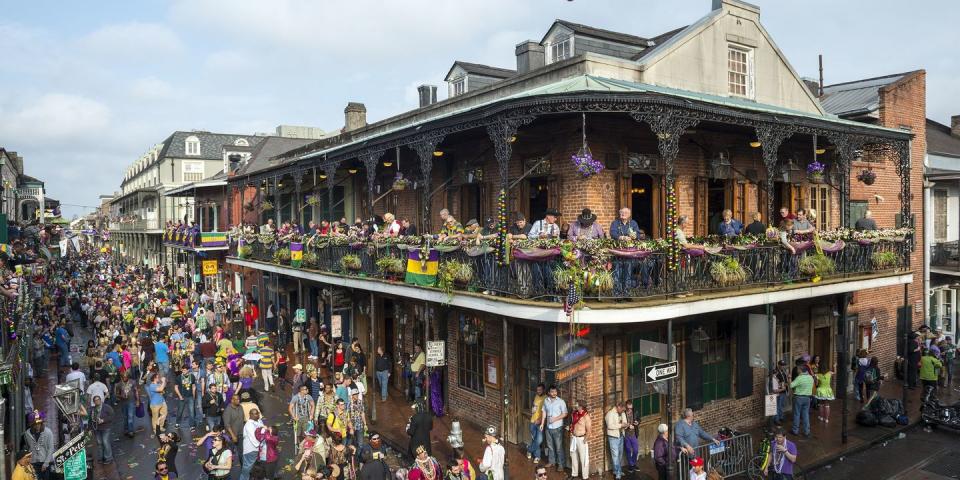
Carnival season begins earlier than most realize.
In New Orleans, Carnival season begins on Epiphany, also known as Three Kings Day, a holiday that happens on January 6 (12 days after Christmas). Many smaller parades are hosted leading up to the 12-day parading period. But the last five days make up the main weekend (from Thursday night through Fat Tuesday), when the largest parades run back-to-back.
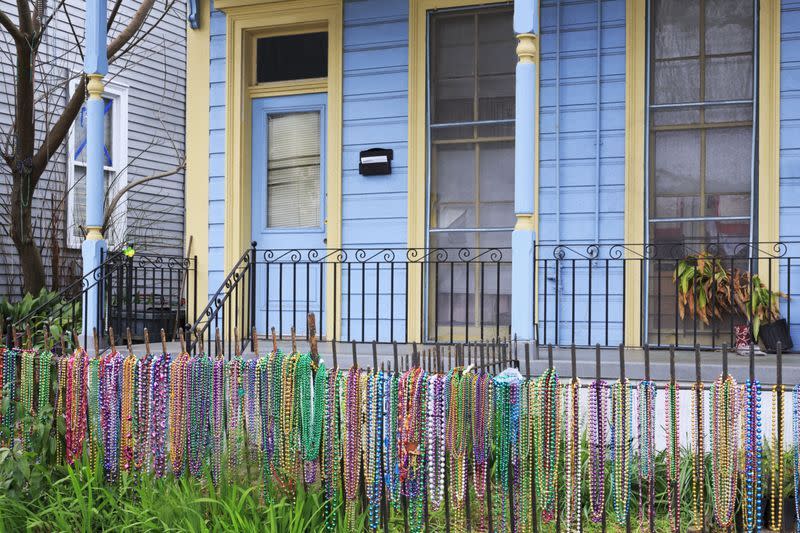
King Cake means Carnival season has arrived.
During Mardi Gras season in New Orleans, king cakes are ubiquitous. Each pastry is hiding a tiny plastic baby inside symbolizing the baby Jesus (after all, it's a cake for the Christian holiday Three Kings Day) as well as luck and prosperity. Tradition holds that if you find the baby inside your slice of cake, you are "crowned" king or queen for the day, but it also means you're responsible for providing the king cake next year. Not to worry—you can have an authentic king cake delivered straight to your doorstep.
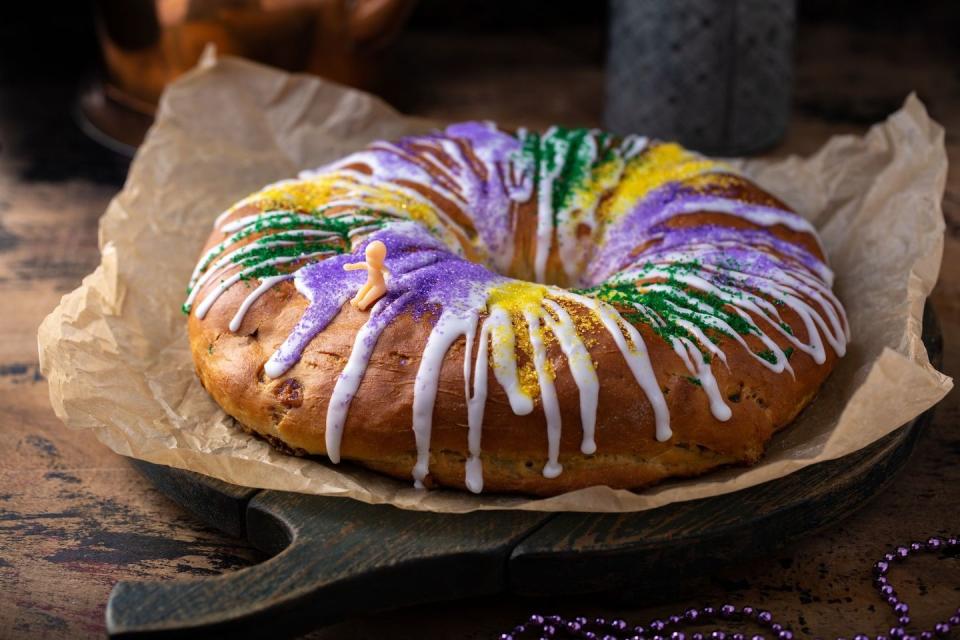
Each parade is run by a different krewe.
While some krewes have been hosting Mardi Gras parades for years, others have formed more recently. Most are named after Roman or Greek mythology.
Some are easy to join via an application, while others have long wait lists to get in. You will likely have to spend a little change, regardless, as these private organizations charge yearly membership fees.
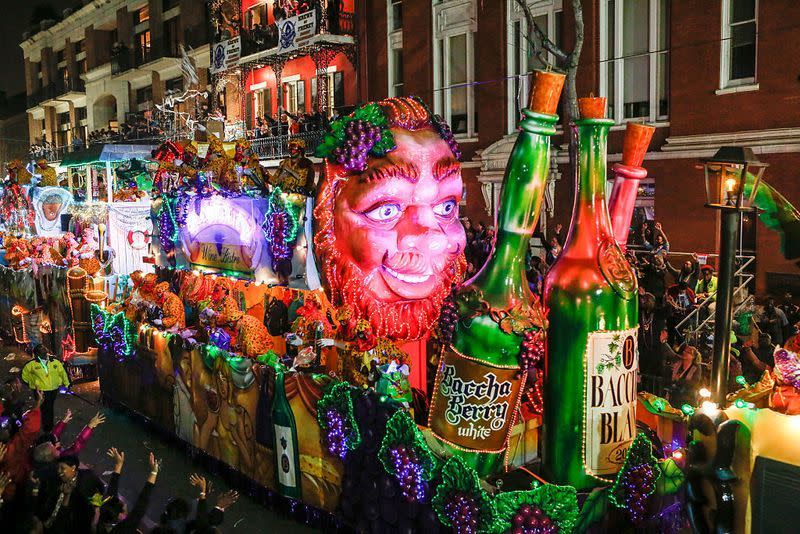
Krewes have signature throws.
All krewes throw beads. Doubloons, which are aluminum coins minted especially for Mardi Gras, have become popular throws too after the Krewe of Rex started the tradition, though the coins will vary by krewe in color and design. But if you land a pair of hand-decorated sunglasses, that's a Krewe of Iris signature throw—not to be confused with rare bedazzled shoes at the Krewe of Muses. And if you are handed a hollow painted coconut, count yourself lucky—they are the big prize at Zulu Social Aid and Pleasure Club.
If you're after one of these throws, stand as close to the float as possible—krewe members won't throw anything too heavy to avoid hurting spectators.
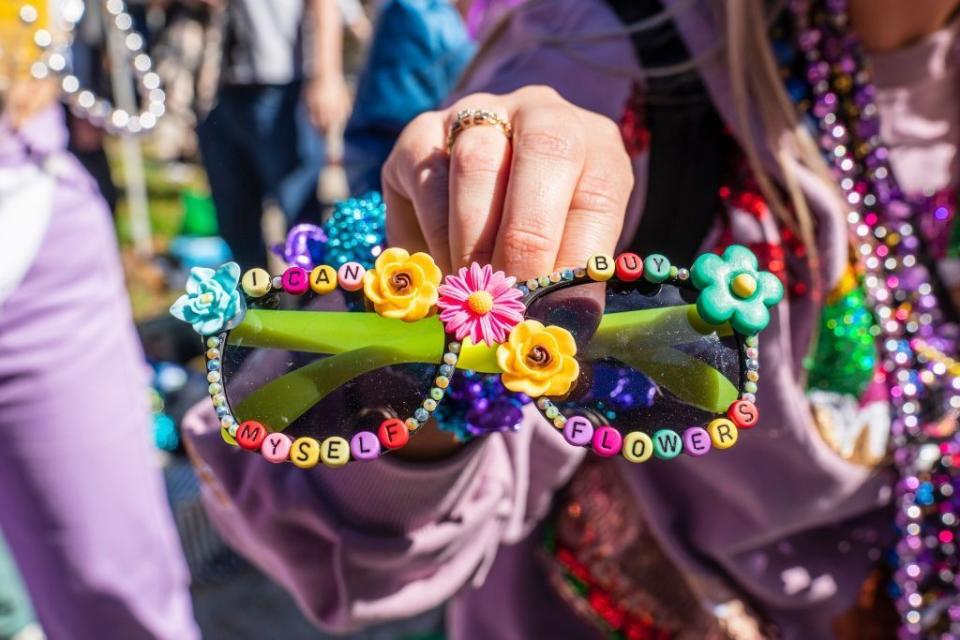
Mobile, Alabama, actually holds the title for the first Mardi Gras in America.
Both Southern port cities, situated about 150 miles apart along the Gulf Coast, Mobile and New Orleans share quite a bit of history and cultural ties when it comes to the origin of Mardi Gras in the States. In 1699, French-Canadian explorer Pierre Le Moyne d'Iberville, accompanied by his brother Jean-Baptiste Le Moyne de Bienville, led an expedition to the area. About 60 miles from what is now New Orleans, they set up camp on March 3, the day before Lent. In honor of the meaningful date, they named it Point du Mardi Gras.
In 1702, Pierre founded Mobile. According to the Mobile Carnival Museum, the first Mardi Gras was celebrated in Mobile in 1703, followed by the first Carnival in 1711. Both occurred before Jean-Baptiste founded New Orleans in 1718. Celebrations in both cities continue today, but whereas New Orleans has krewes, Mobile has mystic societies.
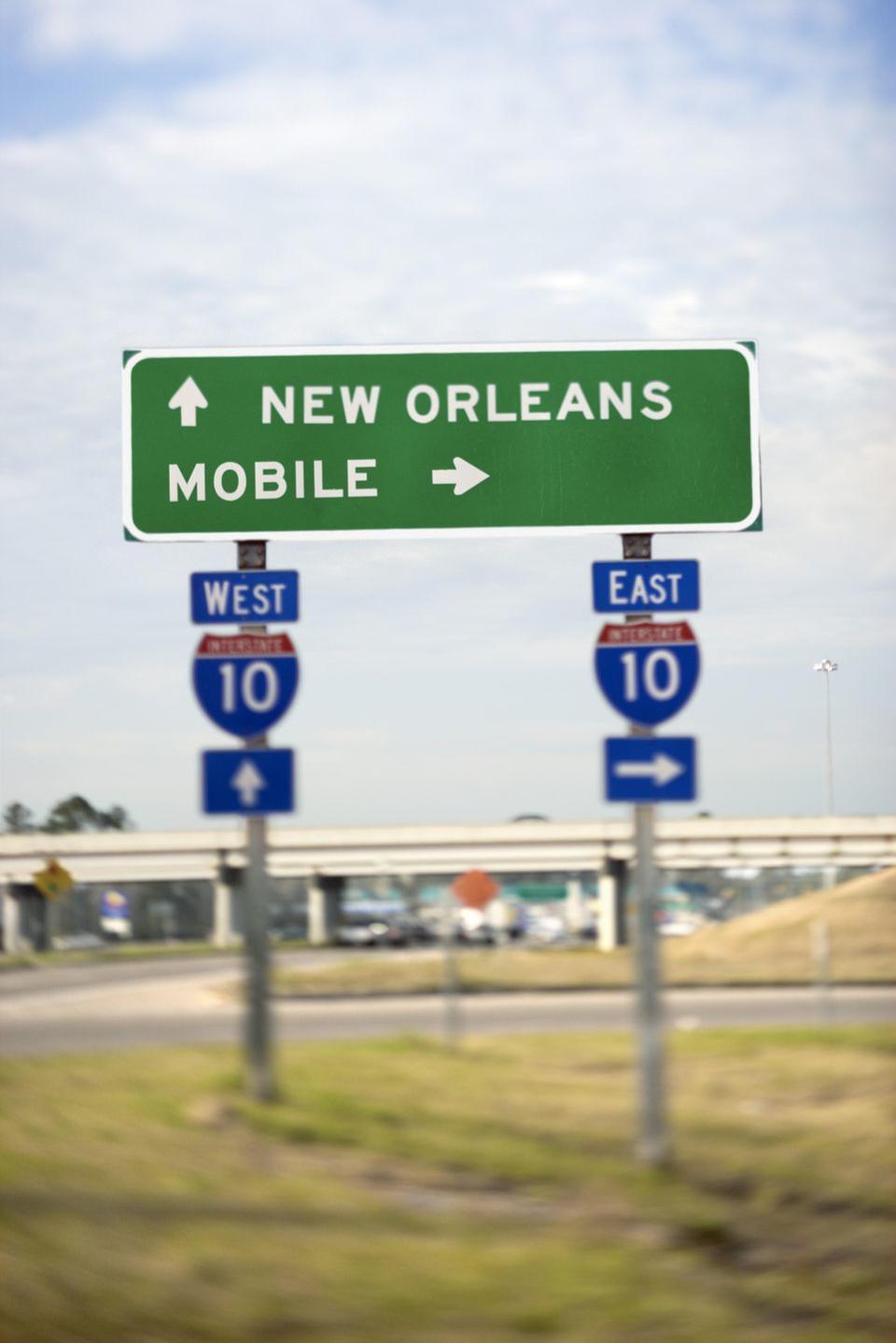
The first Mardi Gras parade float rolled through New Orleans in 1857.
New Orleans' first official Mardi Gras parade was documented in 1837, but floats didn't roll through the Big Easy for another two decades. The first floats are credited to the city's first krewe: the Mistick Krewe of Comus. The krewe was founded by transplants from Mobile, who themselves were inspired by Mobile's oldest known mystic society, the Cowbellion de Rakin Society.
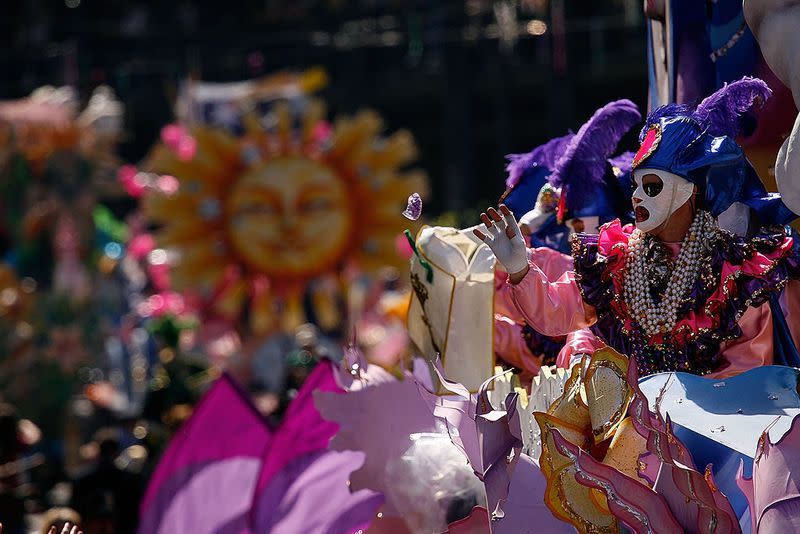
It’s illegal to not wear a mask onboard a float.
It’s not just a tradition—it’s the law! Everyone on the float must wear a mask or paint their face. The practice was originally started to encourage people to mingle and talk to those outside of your social circle.
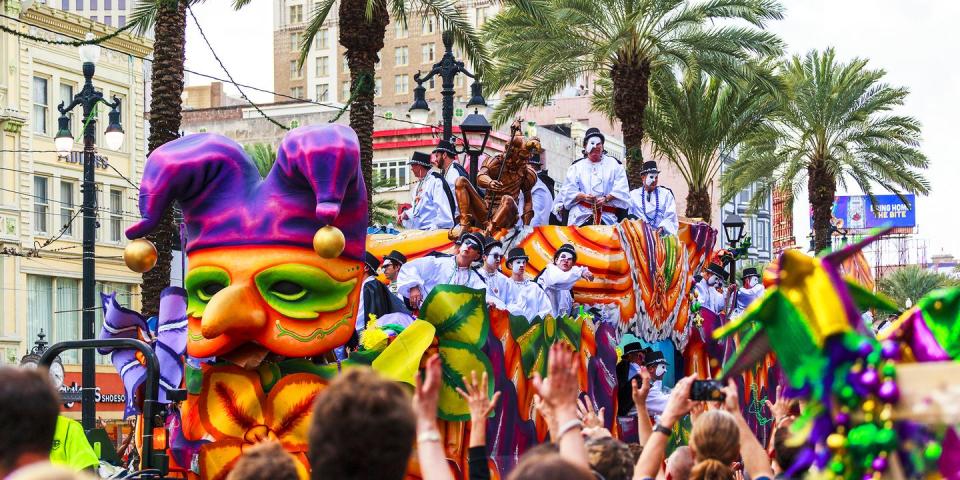
Krewes choose a different theme for their parades each year.
Each float in a Mardi Gras parade is decorated differently to fit into a central theme, which can be anything from literature to humor. And they don't waste any time getting to work: Most start on the following year's floats as soon as Fat Tuesday is over.
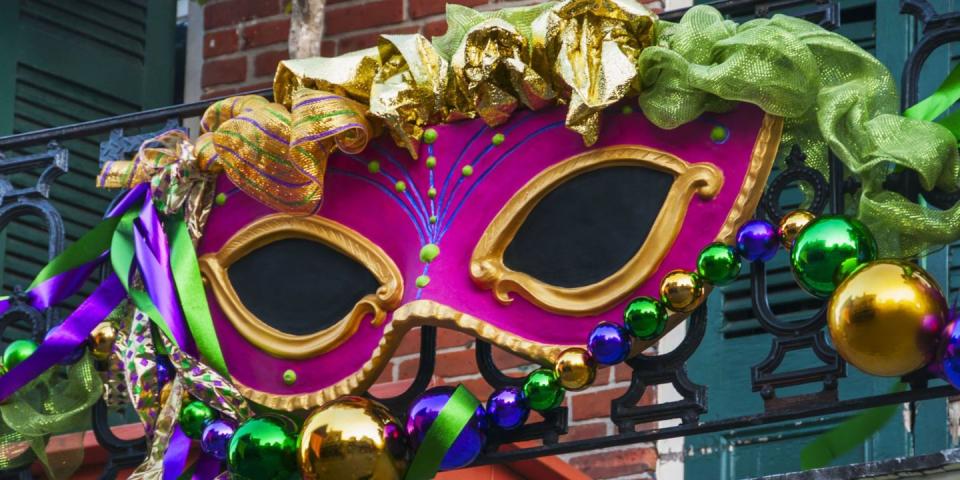
Each krewe has a system of royalty.
According to How Stuff Works, each parade kicks off with the krewe leader. Next comes the king or queen, followed by the maids and dukes, before the rest of the members.
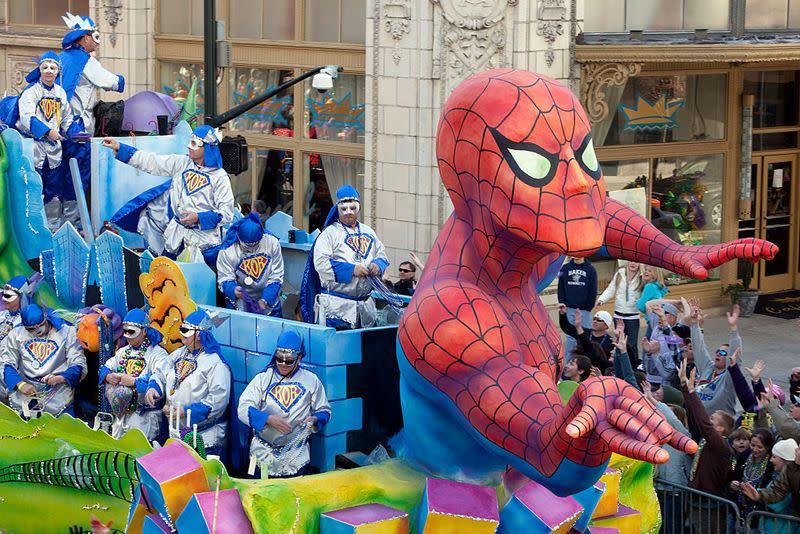
The Mardi Gras colors are green, gold, and purple—and each have hidden meanings.
The New Orleans Krewe of Rex introduced the colors in 1872. Twenty years later, the krewe imbued them with meaning for the 1892 parade theme "Symbolism of Colors." Green is faith. Gold, power. Purple, justice.
Local historian Errol Flynn Laborde theorized that the krewe probably had in mind flag colors for a kingdom, given that krewes have kings and kings tend to come with kingdoms and flags. Remember, Krewe of Rex is also the originator of the minted Mardi Gras coins called doubloons. Evoking the trappings of a kingdom is in totally in the krewe's wheelhouse.
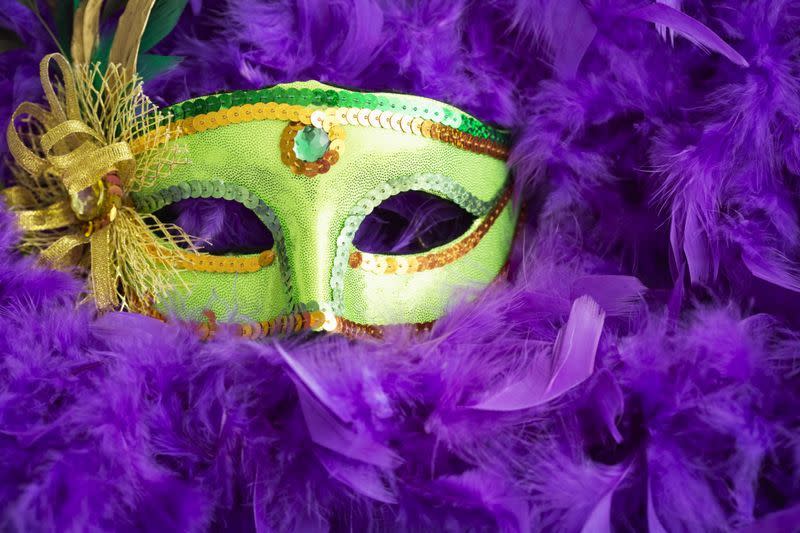
If you want to keep Mardi Gras family friendly, avoid the French Quarter.
You may assume that Mardi Gras is one wild party, but there are some spots you can go that are family friendly, too. Try finding an area along the parade route uptown if you're looking for a more PG experience.
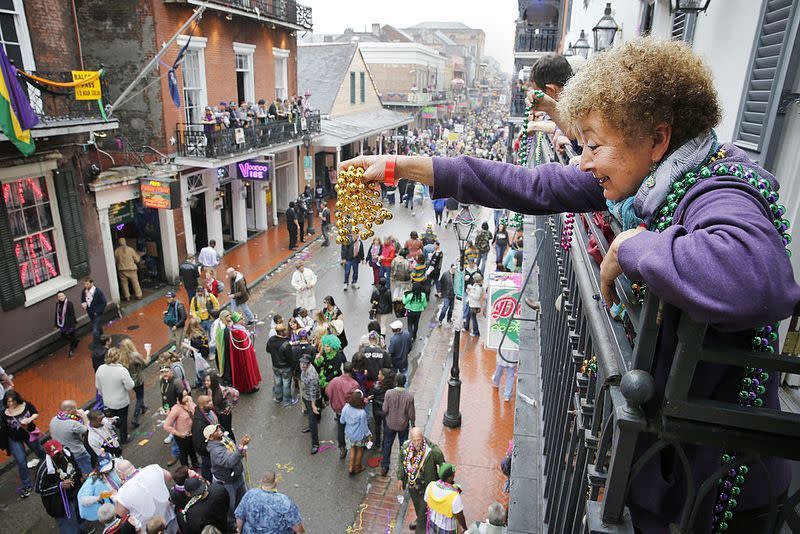
Mentioning one phrase will score you beads at parades.
What are the magic words for Mardi Gras? "Throw me something, mister!" Say this phrase as floats pass by, and watch as krewe members happily toss you beads and toys.
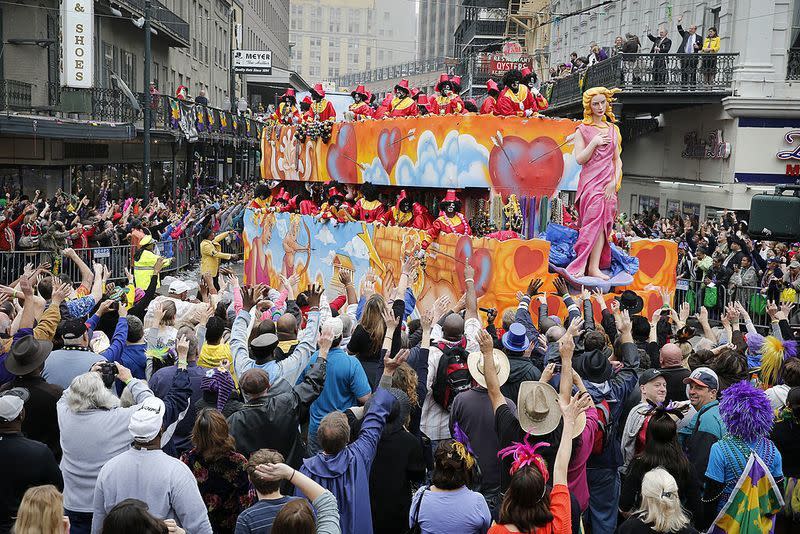
Want to ride on a float? It will cost you.
In addition to paying a membership fee, krewe members dish out major cash for beads, costumes, security, cleanup crews, and Mardi Gras balls year after year. Luckily, many krewes allow members to take a break for a year, as long as they send a friend to ride (and pay) in their place.
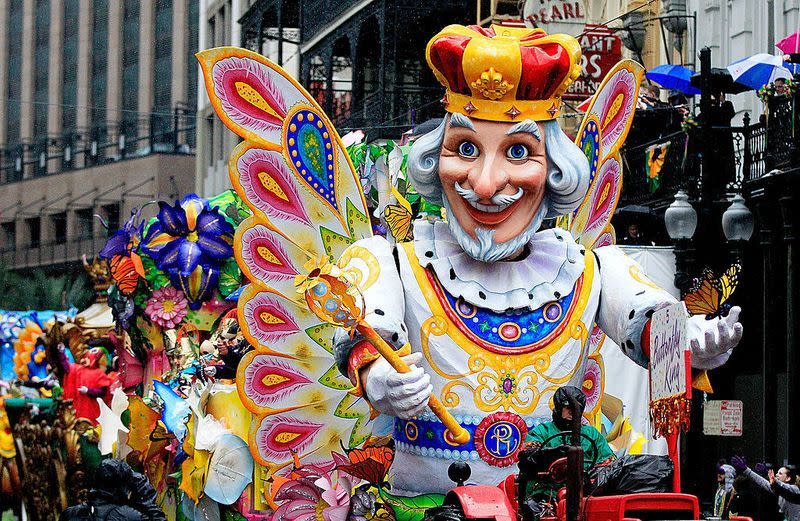
Mardi Gras has rarely been canceled in New Orleans.
While rain delays are common, the event has only been canceled a handful of times, such as during the two World Wars and an outbreak of Yellow Fever in the 1870s, according to Double-Barrelled Travel. The parades were canceled in 2021 due to the Covid-19 pandemic.
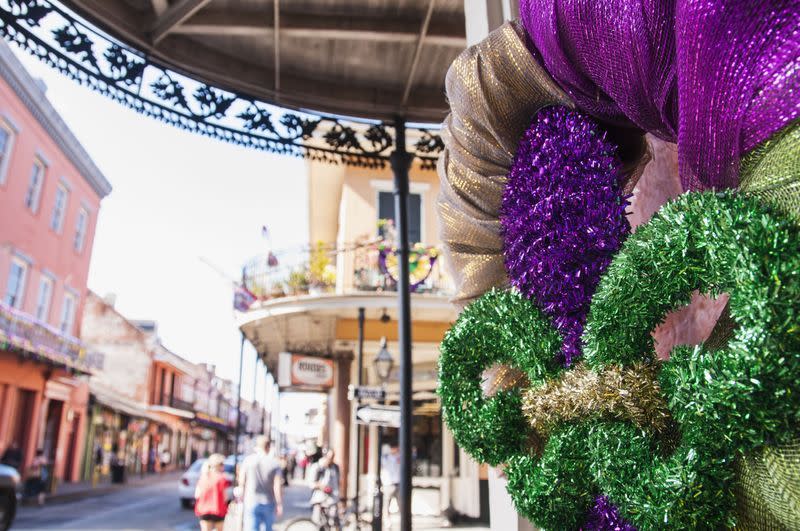
Mardi Gras isn't only celebrated in New Orleans.
The Big Easy may be home to one of the most well-known celebrations, but plenty of other places have their own takes on this festival. The first Carnival celebration originated in Nice, France, while Rio de Janeiro, Quebec City, and Trinidad and Tobago all have their own celebrations as well.
Looking for a more local way to celebrate Mardi Gras? Beyond New Orleans and Mobile, there are top Mardi Gras destinations across the U.S. from Washington, D.C. to San Diego. Check out Biloxi, Mississippi; St. Louis, Missouri; and Galveston, Texas, to name a few.
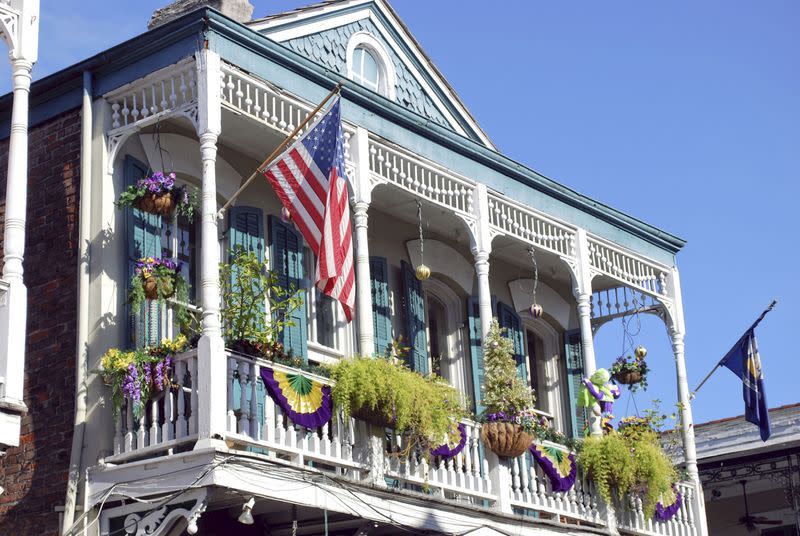
You may look forward to the parades, but the real treat for krewe members comes later.
Sure, anyone can attend a parade, but scoring an invite to an elaborate Mardi Gras ball is more exclusive.
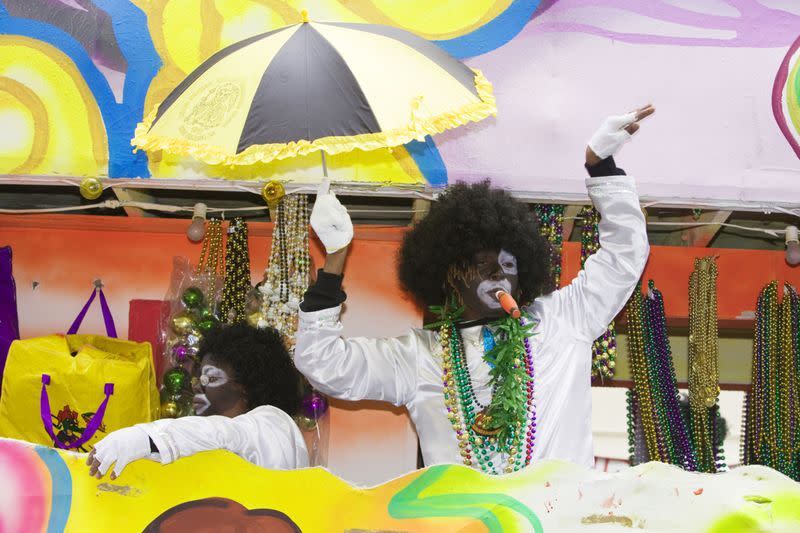
Mardi Gras sometimes overlaps with the Super Bowl.
When New Orleans hosted the Super Bowl in 2013, some called the celebration "Super Gras." The 12-day parade season was extended so that no parades would run on the day of the Big Game.
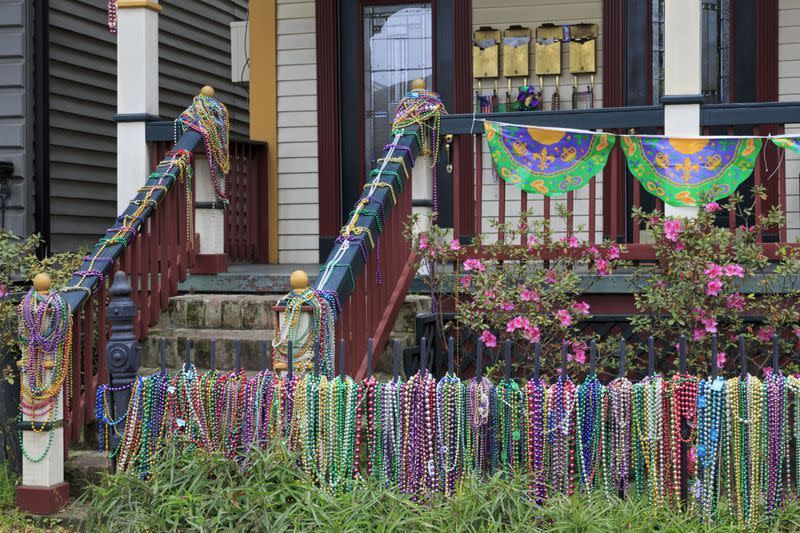
You Might Also Like

